Mastiff vs. Silkytie: Breed Differences and Similarities
Hypoallergenic
Are Mastiffs or Silkyties hypoallergenic, or neither?
Unfortunately, neither Mastiff nor Silkytie are hypoallergenic, which may not make them the best choice for dog lovers who suffer from pet allergies.
Temperament
What are the personalities of Mastiff and Silkytie dogs?
Affectionate
Cheerful
Intelligent
Protective
Alert
Courageous
Loyal
Playful
Alert
Intelligent
Friendly
Responsive
Affectionate
Quick
Lively
Gentle
Joyful
Inquisitive
Shedding Level
Do Mastiffs shed more than Silkyties, or which breed sheds more, Mastiffs or Silkyties?
Mastiffs are moderate shedders, but regular brushing can reduce shedding and maintain coat health.
Silkyties are low shedding dogs, requiring minimal coat care.
Origin
What is the origin of Mastiff and Silkytie dog breeds?
England
United States
Ancestry
What are the origins of Mastiff and Silkytie breeds?
Molosser-type Dogs
Shetland Sheepdog and Silky Terrier
Date of Birth
When were Mastiff and Silkytie breeds first developed?
1800s
Unknown
Eye Color Possibilites
What are the eye colors of Mastiff and Silkytie dogs?
Brown
Brown
Nose Color Possibilites
What are the natural nose colors of Mastiff and Silkytie?
Black
Black
Coat Color Possibilites
What are the natural colors of the coat for Mastiff and Silkytie breeds?
Cream
Fawn
Brindle
Black
Gray
Silver
Cream
White
Brown
Red
Fawn
Coat Length
What is the typical coat length for Mastiff and Silkytie breeds?
Mastiffs have short coats.
Silkyties are known for their coat length.
Coat Density
What is the density of the coat of Mastiff and Silkytie?
Coat Texture
What is the hair texture of Mastiff and Silkytie?
Straight
Litter Size
What is the usual litter size for Mastiff and Silkytie?
A Mastiff can have a litter of 10-12 puppies on average. However, it's worth noting that the size of the litters can vary greatly. Factors that can influence litter size include the health of the mother, breeding history, and genetics.
A Silkytie can have a litter of 4-6 puppies on average. However, it's worth noting that the size of the litters can vary greatly. Factors that can influence litter size include the health of the mother, breeding history, and genetics.
Adaptability
Mastiffs are highly adaptable and versatile, making them excellent companions for families and individuals of all lifestyles.
Silkyties are known for their adaptability and can adjust well to different environments and lifestyle changes.
Health Issues
Between Mastiff and Silkytie, which breed is more prone to health problems?
Mastiffs typically have low vet costs due to their good health, but it's important to monitor their health and seek vet care when necessary.
While the Silkytie breed is generally healthy, occasional vet check-ups are still necessary to address any health concerns.
Major Concerns
What are the major health concerns for Mastiff and Silkytie breeds?
Gastric Torsion
Hip Dysplasia
Hip Dysplasia
Legg-Calve Perthes Disease
Minor Concerns
What minor health issues should be kept in mind when owning Mastiff and Silkytie?
Entropion
Ectropion
Elbow Dysplasia
Progressive Retinal Atrophy
Retinal Dysplasia
Hypothyroidism
Cataracts
Allergies
Diabetes
Hypothyroidism
Progressive Retinal Atrophy (PRA)
Collie Eye Anomaly (CEA)
Occasional Tests
What occasional tests are recommended for Mastiff and Silkytie breeds?
Eye
Hip
Elbow
Thyroid Tests
X-Rays
Eye Examination
Eye Examination
Radiographs
Blood Sugar and Thyroid Tests
Social Needs
Mastiff vs Silkytie social needs comparison
Mastiff has average social needs and is less independent than other breeds.
Silkytie has above average social needs and thrives with interaction with humans and other dogs.
Sleeping Need
Which of the two sleeps the most/least: Mastiff or Silkytie?
Mastiffs are known for their relaxed and calm nature and enjoy long periods of sleep.
Silkyties have moderate energy levels and typical sleep patterns of 12-14 hours per day.
Mouthiness
Mouthiness Comparison: Mastiff vs Silkytie?
Roaming urge
Mastiff vs Labrador: Running away tendency?
Prey Drive
Mastiff or Silkytie - which breed has a higher level of prey drive?
Activity Level
Which breed has higher energy, Mastiffs or Silkyties?
Both Mastiff and Silkytie are medium-energy dogs that enjoy socializing and playing with other dogs. They may engage in casual or sustained games of chase, and occasionally have bursts of barking or racing around the house.
Tolerance of being left alone
Walks per Week
How many miles should Mastiff or Silkytie walk each week?
There's really no limit to how far you walk your dog as long as they're comfortable. For Mastiff, it's at least 15 miles / week. Just remember to build distance and stamina gradually over time.
There's really no limit to how far you walk your dog as long as they're comfortable. For Silkytie, it's at least 8 miles / week. Just remember to build distance and stamina gradually over time.
Activity per Day
Do Mastiffs or Silkyties require more exercise?
In general most Mastiffs usually need at least 60 minutes of exercise daily. This can be spread across the day and include all sorts of high-energy activities, like walking, running and playing.
In general most Silkyties usually need at least 30 minutes of exercise daily. This can be spread across the day and include all sorts of high-energy activities, like walking, running and playing.
Grooming
Which breed is easier to maintain in terms of grooming, Mastiffs or Silkyties?
The Mastiff has low grooming needs and is easy to maintain.
Silkyties have high grooming needs, requiring regular trims and professional grooming assistance to keep their coat healthy.
Brushing Frequency
What is the recommended brushing frequency for Mastiff and Silkytie dogs?
Mastiff and Silkytie should be brushed at least once a week. Of course, you can give them more frequent brushes if you find that they are still shedding a lot.
Brushing Tools
What brushing tools are used for Mastiffs and Silkyties?
Pin Brush
Nail Clipper
Pin Brush
Slicker Brush
Nail Clipper
Cups
How much food should be given to Mastiff or Silkytie in cups?
For an average 170-230 pound (77 - 104 kg) Mastiff feed 8.5 cups daily. But, keep in mind, the amount you feed is going to be dependent on the quality of the food you are feeding.
For an average 10-20 pound (5 - 9 kg) Silkytie feed 1 cups daily. But, keep in mind, the amount you feed is going to be dependent on the quality of the food you are feeding.
Daily Cost
Which breed has a higher daily cost, Mastiff or Silkytie?
The average cost of a Mastiff is somewhere $8.40 - $9.10 per day.
The average cost of a Silkytie is somewhere $1.40 - $1.70 per day.
Monthly Cost
Which breed has a higher monthly cost, Mastiff or Silkytie?
The average per month expenses of a Mastiff is between $252 - $273. This makes an average of $3024 - $3276 per year. It will be on the higher side when the dog is still small because it will need more frequent visits to the vet, shots.
The average per month expenses of a Silkytie is between $35 - $42. This makes an average of $420 - $504 per year. It will be on the higher side when the dog is still small because it will need more frequent visits to the vet, shots.
Sensitivity Level
How do Mastiff and Silkytie compare in sensitivity?
Mastiffs have average emotions and adapt well to different situations.
This breed is sensitive to its environment and best suited for patient and understanding families with a consistent routine.
Apartment Friendly
Which breed is more apartment-friendly: Mastiff or Silkytie?
Mastiffs are good apartment dogs as long as they get enough exercise and stimulation outside of the apartment.
The Silkytie is a great apartment dog, thriving with sufficient exercise and time outside as part of their daily routine.
Child Friendly
Do Mastiffs or Silkyties have a friendlier temperament towards children?
Mastiffs make excellent family pets for kids due to their gentle, protective nature and calm temperament.
Silkyties are good with kids if socialized and trained from a young age.
Senior-friendly
Which dog is more suitable as a pet for the elderly - Mastiff or Silkytie?
Cat Friendly
Do Mastiff or Silkytie breeds have a better compatibility with cats?
Mastiffs are very friendly with cats and make great companions for them.
Silkyties are good with cats, but early training is needed to prevent chasing behavior.
Dog Friendly
Which breed is more sociable with other dogs: Mastiff or Silkytie?
{Mastiffs and Silkyties are average friendly towards other dogs. If they are raised with other dogs, they are likely to get along with them. And, if they are socialized properly from a young age, they will usually be great with other dogs.
Pet friendly
How do Mastiff or Silkytie dogs interact with other pets?
Stranger Friendly
Which breed is more friendly with strangers: Mastiff or Silkytie?
Mastiff and Silkytie are average friendly around strangers. They can be wary around strangers and a little standoffish, so early socialization is key to ensure they are comfortable around new people.
Playfulness
Which breed is more playful between Mastiff and Silkytie?
Mastiffs are not known for being a highly playful breed.
Silkyties are a playful breed that needs daily playtime to be happy.
Trainability
How do the trainability levels of Mastiffs and Silkyties compare?
Mastiffs are usually easy to train but require consistency to fully obey commands.
Silkyties are popular for their ease of training and quick learning ability.
Compare Mastiff with other breeds
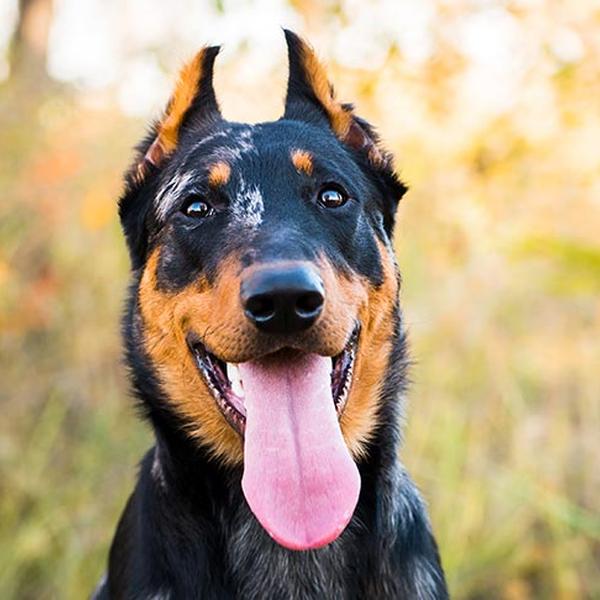
Beauceron
Mastiff vs Beauceron
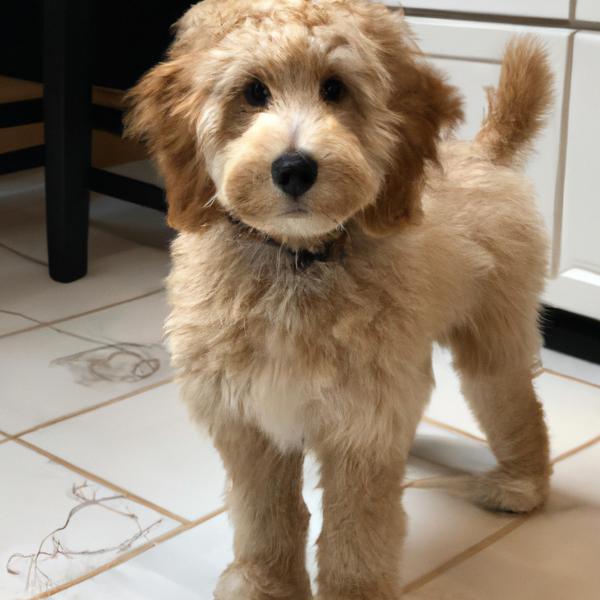
Petite Goldendoodle
Mastiff vs Petite Goldendoodle
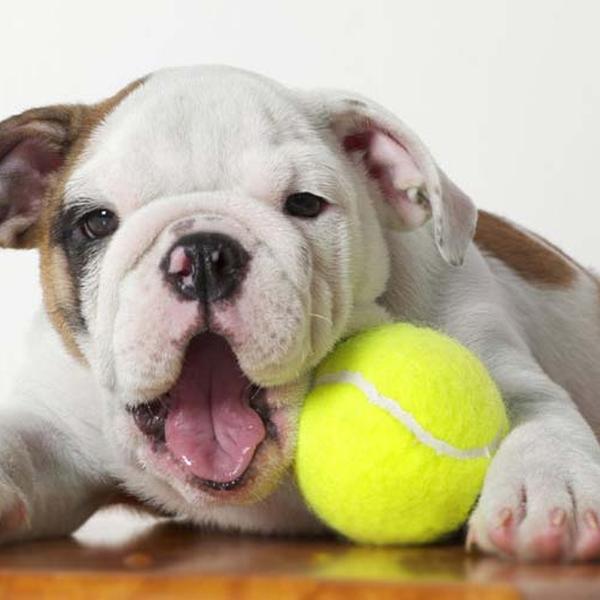
Miniature Bulldog
Mastiff vs Miniature Bulldog
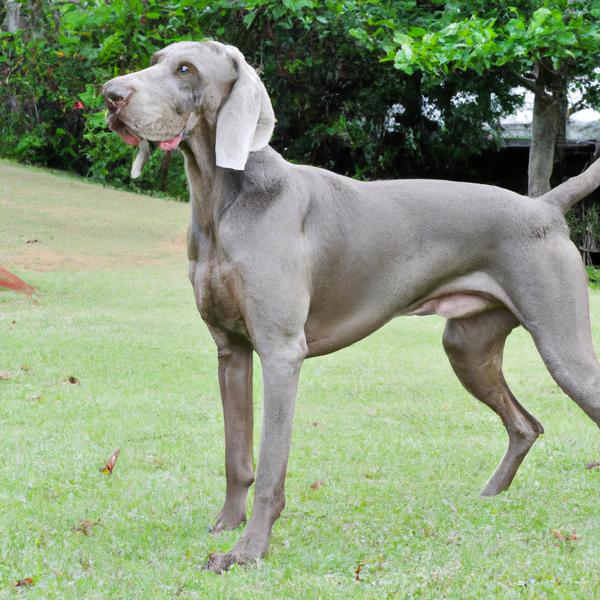
German Shorthaired Weimaraner
Mastiff vs German Shorthaired Weimaraner
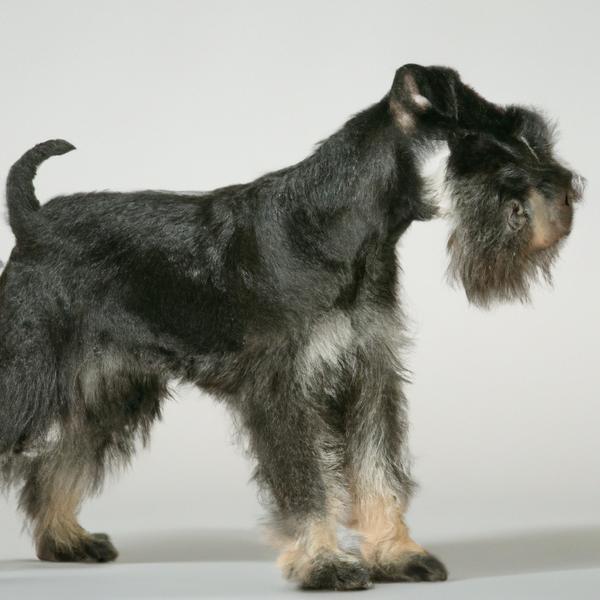
Miniature Irish Wolf Schnauzer
Mastiff vs Miniature Irish Wolf Schnauzer
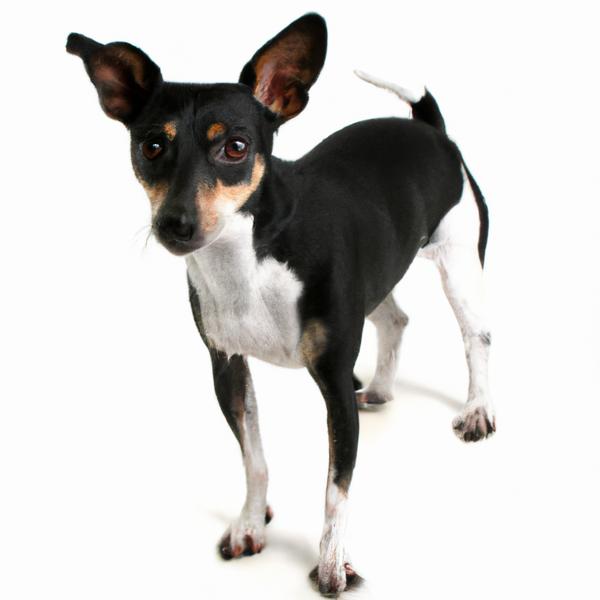
Rat Terrier
Mastiff vs Rat Terrier
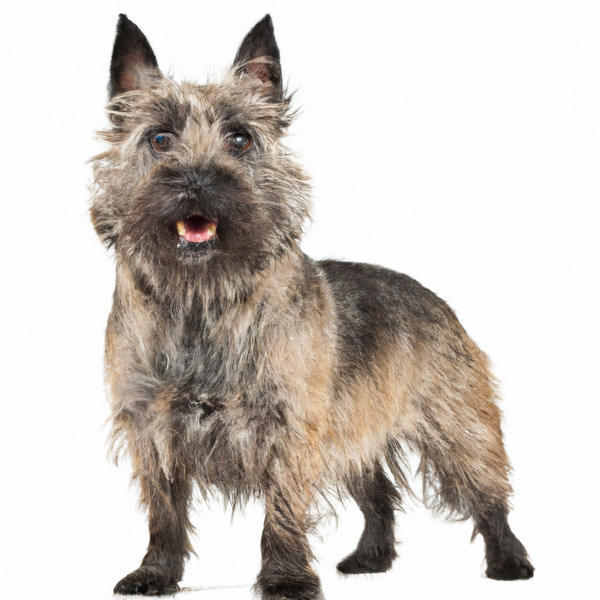
Cairn Terrier
Mastiff vs Cairn Terrier
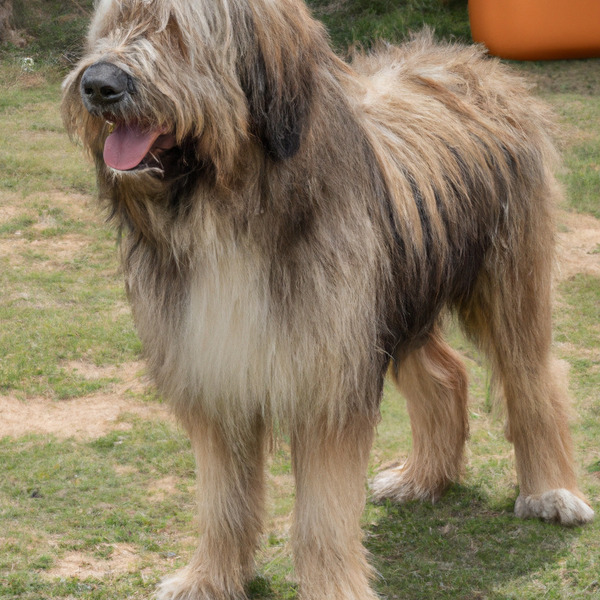
Catalan Sheepdog
Mastiff vs Catalan Sheepdog
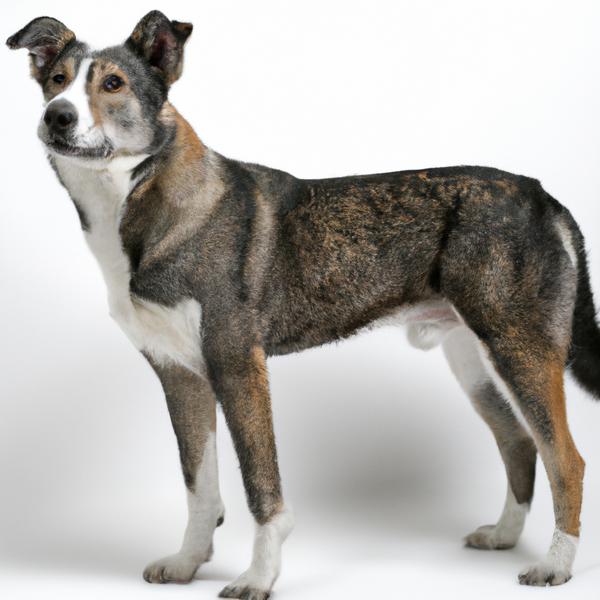
Soft Coated Woxer
Mastiff vs Soft Coated Woxer
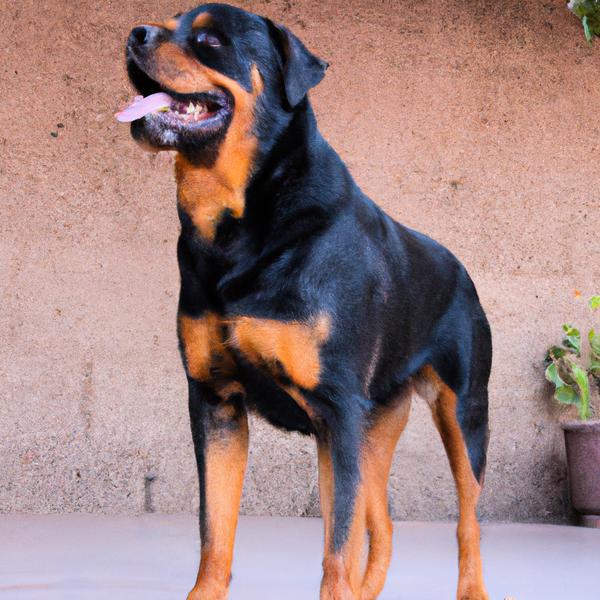
Rottaf
Mastiff vs Rottaf

Sealyham Terrier
Mastiff vs Sealyham Terrier

Silkytie
Mastiff vs Silkytie
